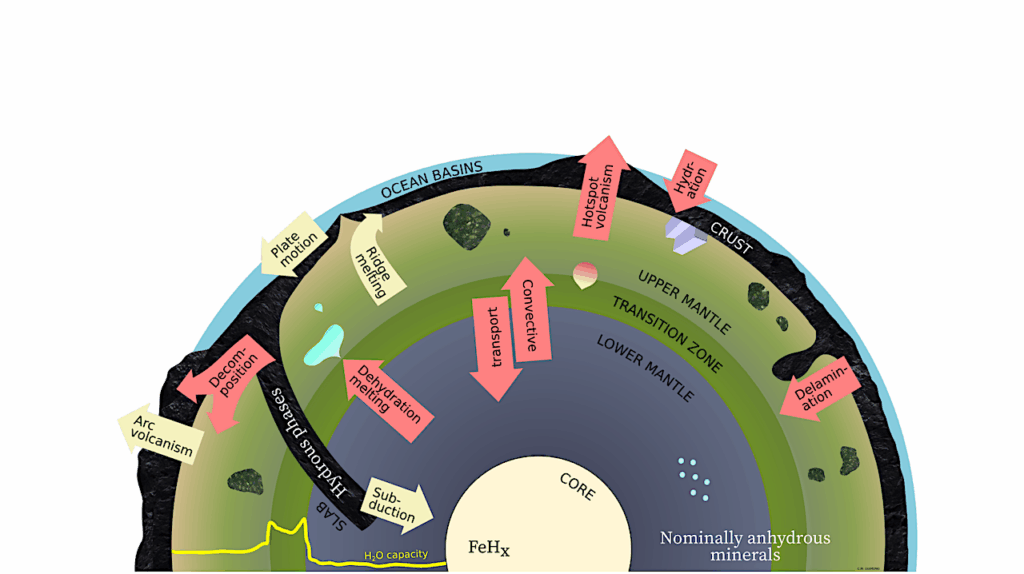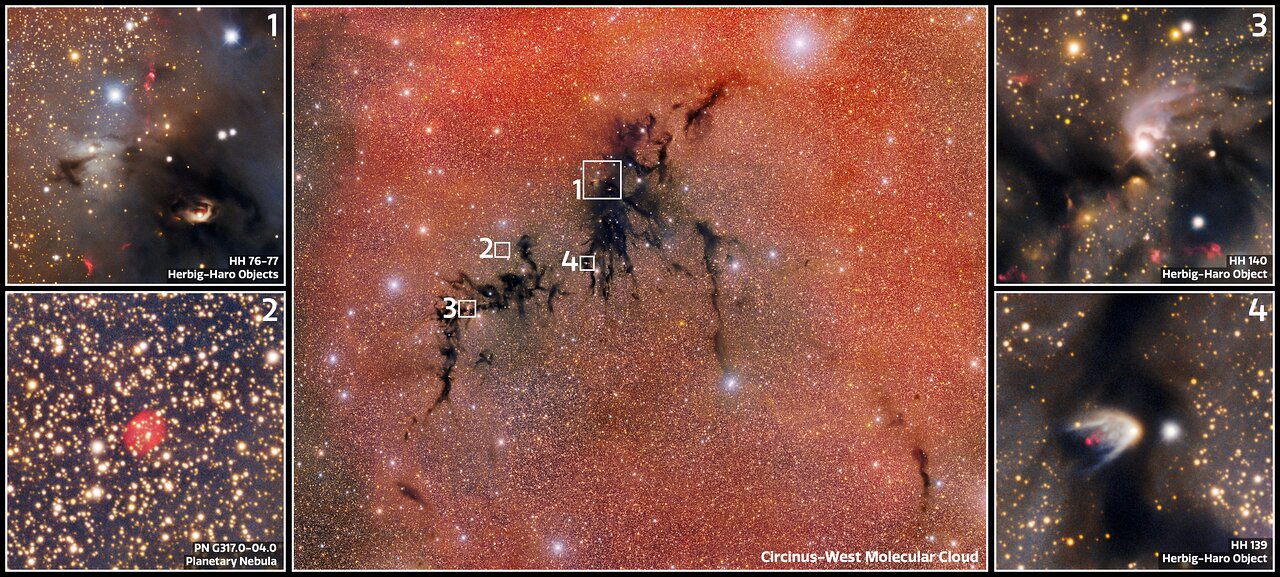Now Reading: Evidence For A Polar Circumbinary Exoplanet Orbiting A Pair Of Eclipsing Brown Dwarfs
-
01
Evidence For A Polar Circumbinary Exoplanet Orbiting A Pair Of Eclipsing Brown Dwarfs
Evidence For A Polar Circumbinary Exoplanet Orbiting A Pair Of Eclipsing Brown Dwarfs


Configuration of 2M1510 and naming convention for the various bodies. Brown
dwarfs are in red and the planet is in blue. Direction to earth relative to the binary is shown. — astro-ph.EP
One notable example of exoplanet diversity is the population of circumbinary planets, which orbit around both stars of a binary star system.
There are so far only 16 known circumbinary exoplanets, all of which lie in the same orbital plane as the host binary. Suggestions exist that circumbinary planets could also exist on orbits highly inclined to the binary, close to 90∘, polar orbits.
No such planets have been found yet but polar circumbinary gas and debris discs have been observed and if these were to form planets then those would be left on a polar orbit. We report strong evidence for a polar circumbinary exoplanet, which orbits a close pair of brown dwarfs which are on an eccentric orbit.
We use radial-velocities to measure a retrograde apsidal precession for the binary, and show that this can only be attributed to the presence of a polar planet.
Thomas A. Baycroft, Lalitha Sairam, Amaury H.M.J Triaud, Alexandre C.M. Correia
Comments: Published in Science Advances
Subjects: Earth and Planetary Astrophysics (astro-ph.EP); Solar and Stellar Astrophysics (astro-ph.SR)
Cite as: arXiv:2504.12209 [astro-ph.EP] (or arXiv:2504.12209v1 [astro-ph.EP] for this version)
https://doi.org/10.48550/arXiv.2504.12209
Focus to learn more
Related DOI:
https://doi.org/10.1126/sciadv.adu0627
Focus to learn more
Submission history
From: Thomas Baycroft
[v1] Wed, 16 Apr 2025 15:56:57 UTC (5,468 KB)
https://arxiv.org/abs/2504.12209
Astrobiology
Stay Informed With the Latest & Most Important News
Previous Post
Next Post
-
 012024 in Review: Highlights from NASA in Silicon Valley
012024 in Review: Highlights from NASA in Silicon Valley -
 02Panasonic Leica Summilux DG 15mm f/1.7 ASPH review
02Panasonic Leica Summilux DG 15mm f/1.7 ASPH review -
 03From Polymerization-Enabled Folding and Assembly to Chemical Evolution: Key Processes for Emergence of Functional Polymers in the Origin of Life
03From Polymerization-Enabled Folding and Assembly to Chemical Evolution: Key Processes for Emergence of Functional Polymers in the Origin of Life -
 04How New NASA, India Earth Satellite NISAR Will See Earth
04How New NASA, India Earth Satellite NISAR Will See Earth -
 05And Thus Begins A New Year For Life On Earth
05And Thus Begins A New Year For Life On Earth -
 06Astronomy Activation Ambassadors: A New Era
06Astronomy Activation Ambassadors: A New Era -
07SpaceX launch surge helps set new global launch record in 2024





















